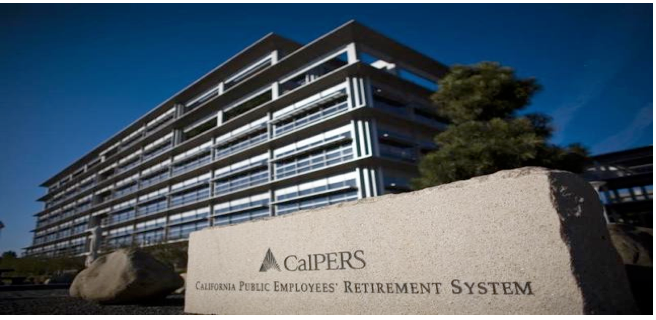CommentsPERSPECTIVE-The Los Angeles Times reported that CALPERS incurred its worst rate of return since 2009.
One year does not make or break the pension fund. Two years of low returns in a row hurt, but alone are not enough to register as a crisis.
What is telling is the average rate over the last 10-20 years has fallen well below the assumed rate of return of 7.5%, which is a major factor in determining the long-term funding of the retirement plan.
The rates reported were as follows:
7.03% over the last 20 years.
Less than 6% over 10-15 years. (Bloomberg reported 5.1% over the last 10 years)
LACERS has not published its updated rates yet, but almost all would expect a similar set of results. The fund was in negative territory for the year as of March 2016, which will drag down the average rates over the 10-20 year period. LACERS’ 20 year return will probably be treading close to the 7.5% earnings assumption, while those for the 10-15 year range will miss the mark by a significant margin. That range was already well below the assumed rate as of last fiscal year.
What’s so special about the 10-20 year range?
It is what I refer to as the relevant range.
Think of it like comparing baseball players from different eras. Hard to decide who was the greater slugger – Babe Ruth or Hank Aaron – because they played under markedly different conditions and levels of competition.
Comparing investment returns rooted in the years prior to 20-30 years ago is like going through a time warp. The world economy has changed drastically since then due to globalization. As I pointed out in an article several years ago, the United States is no longer the lone 800-pound gorilla in the market. As competition has increased, so has investment risk.
Relying on more recent returns as a predictive gauge has even greater risk, since one extraordinary year will skew the results.
Assuming a rate much beyond a very conservative level is playing with fire in an age where markets whipsaw in response to both rational and irrational reasons. Public employee pension managers are under pressure to hit artificially high rate assumptions that they willfully incur more pronounced risks.
Bad timing can kill you. It could also deliver one-off major gains, but who wants to take a Las Vegas approach to investing funds underlying a guaranteed payout?
Public retirement funds are probably not going to collapse. Instead, they will require higher contributions to assure retiree benefits are covered.
The additional cash will have to come from either greater employee contributions and/or the taxpayers. In case you haven’t noticed, the ballots are always filled with tax measures, utility rates are tracking upwards and the costs of government services has steadily increased. We do not need another bill to pay.
In a city like Los Angeles, where the taxpayer contributions have grown from 10% of the general fund to 20% in ten years, the ability to provide basic services will diminish.
It’s what I have repeatedly referred to as virtual bankruptcy, a slow and painful path for the public.
(Paul Hatfield is a CPA and serves as President of the Valley Village Homeowners Association. He blogs at Village to Village and contributes to CityWatch. The views presented are those of Mr. Hatfield and his alone and do not represent the opinions of Valley Village Homeowners Association or CityWatch. He can be reached at: [email protected]. Prepped for CityWatch by Linda Abrams.)
Sidebar

 CityWatch Los Angeles
Politics. Perspective. Participation.
CityWatch Los Angeles
Politics. Perspective. Participation.
19
Fri, Apr














